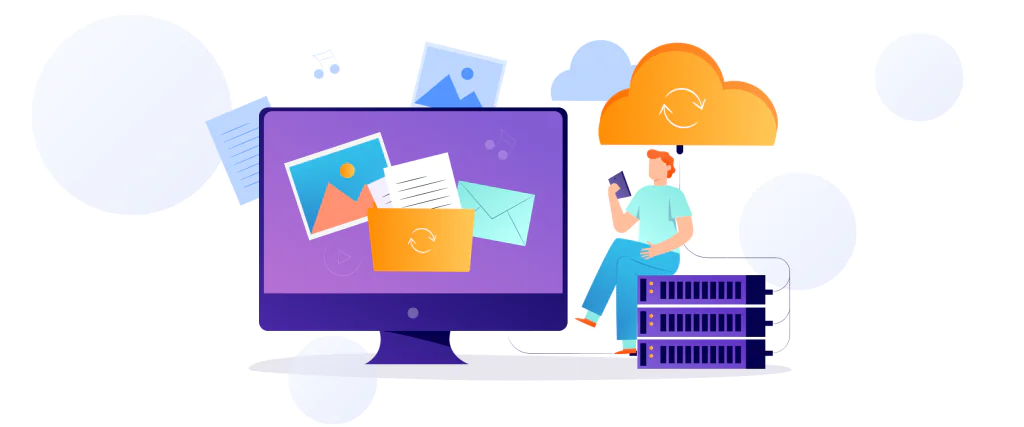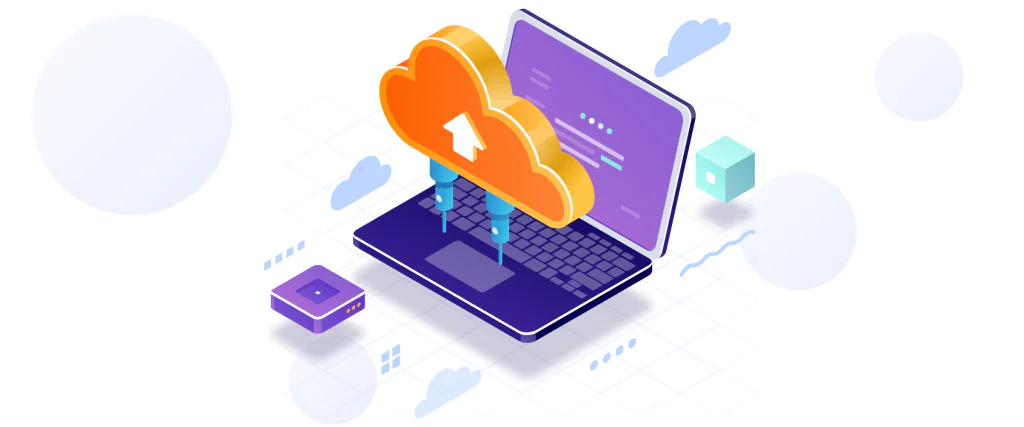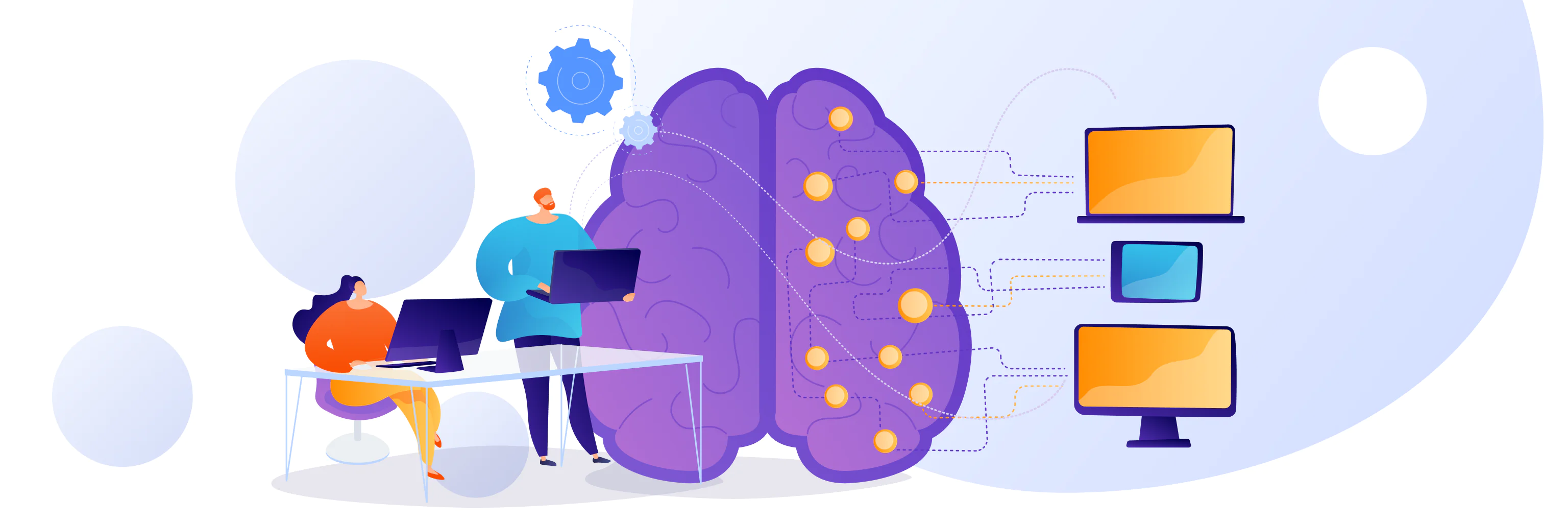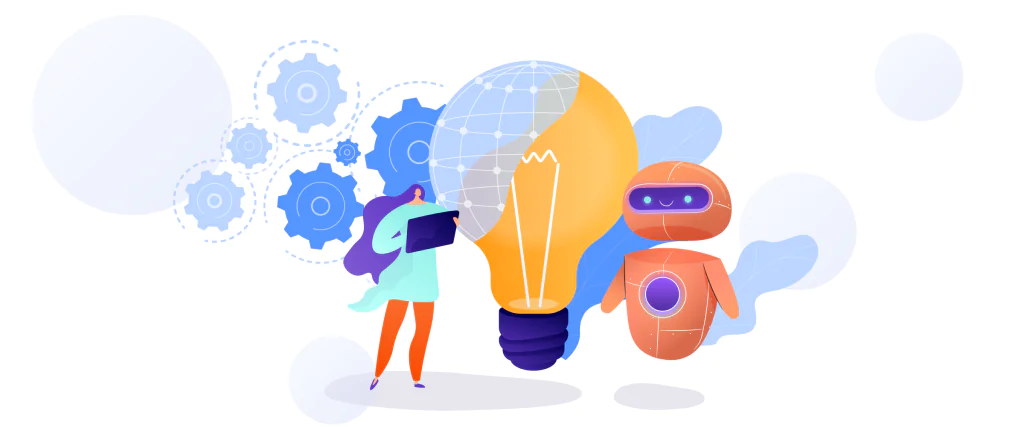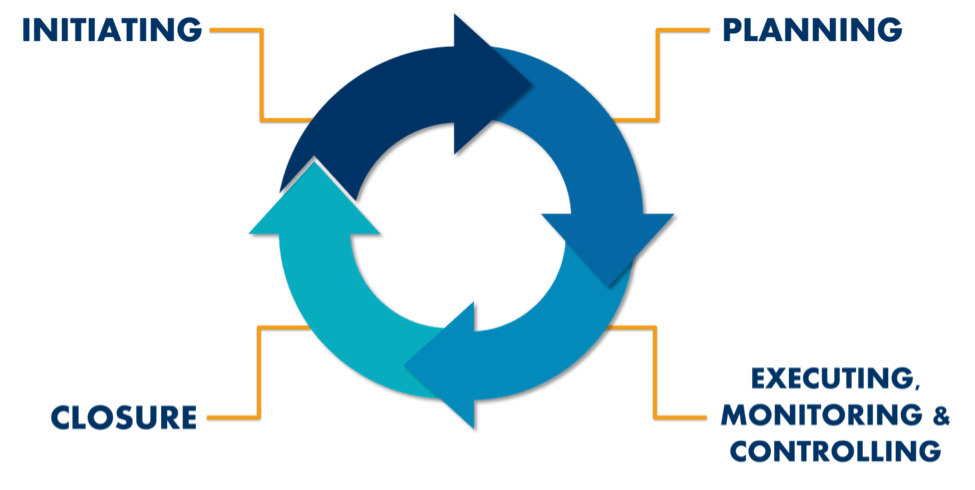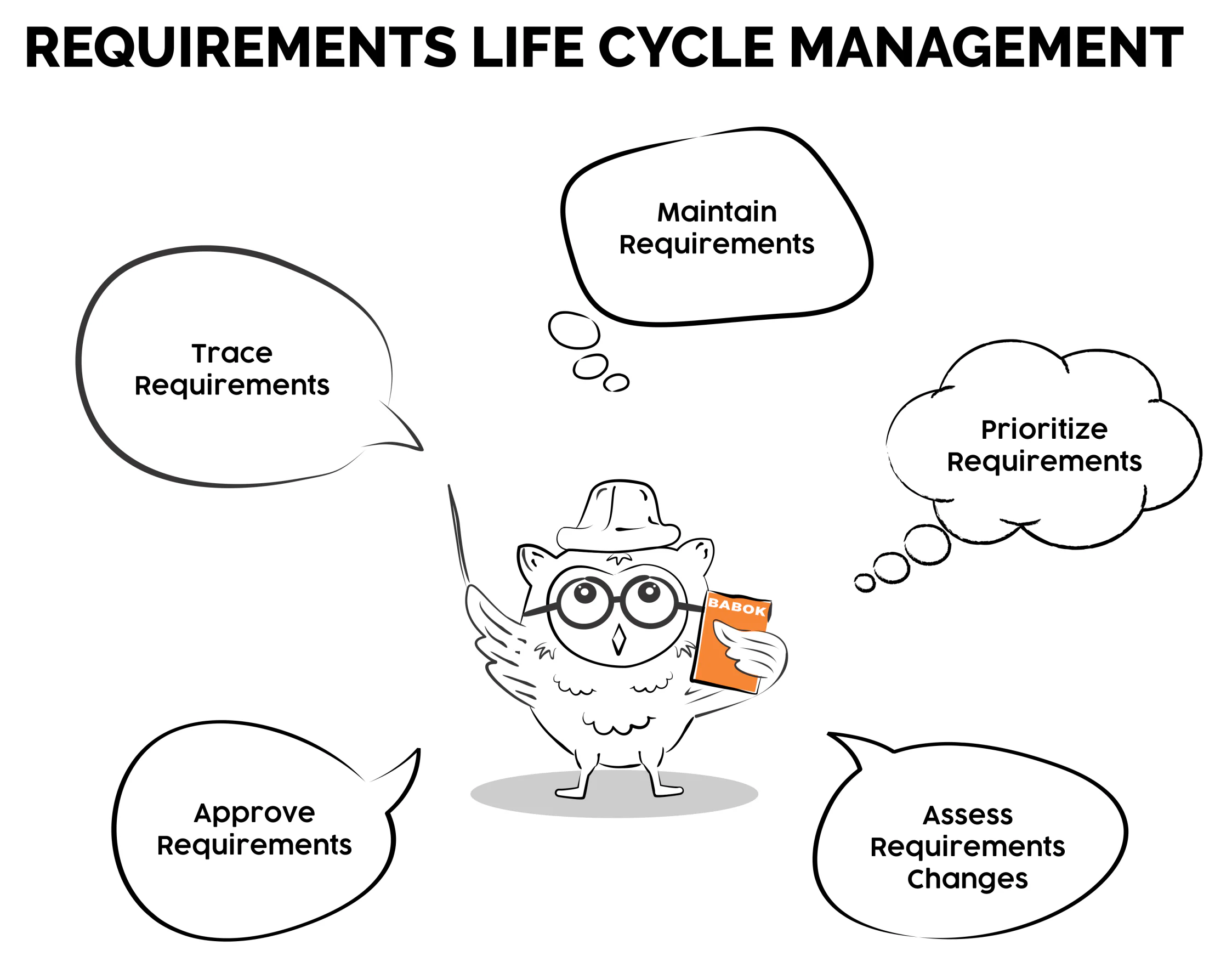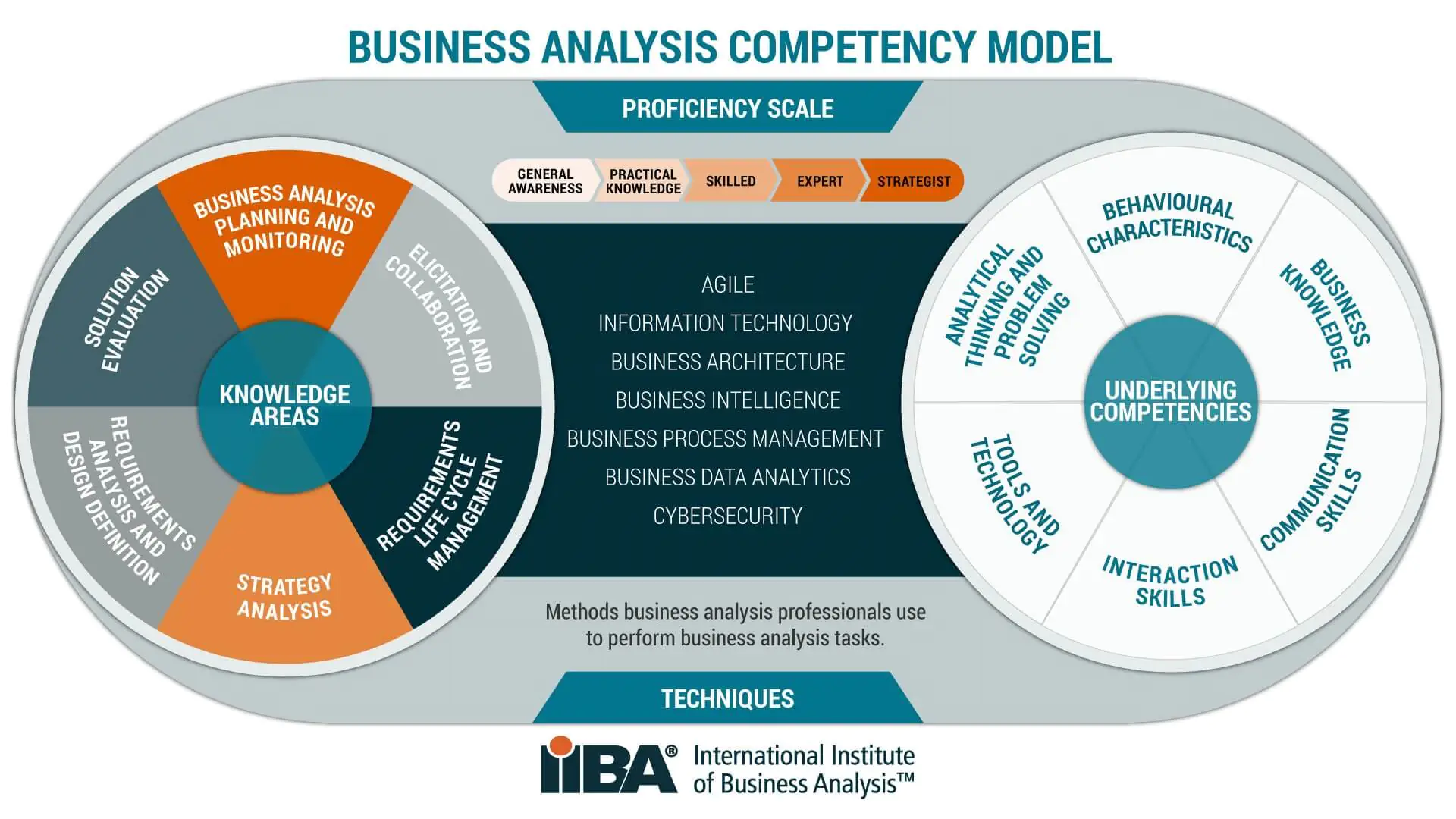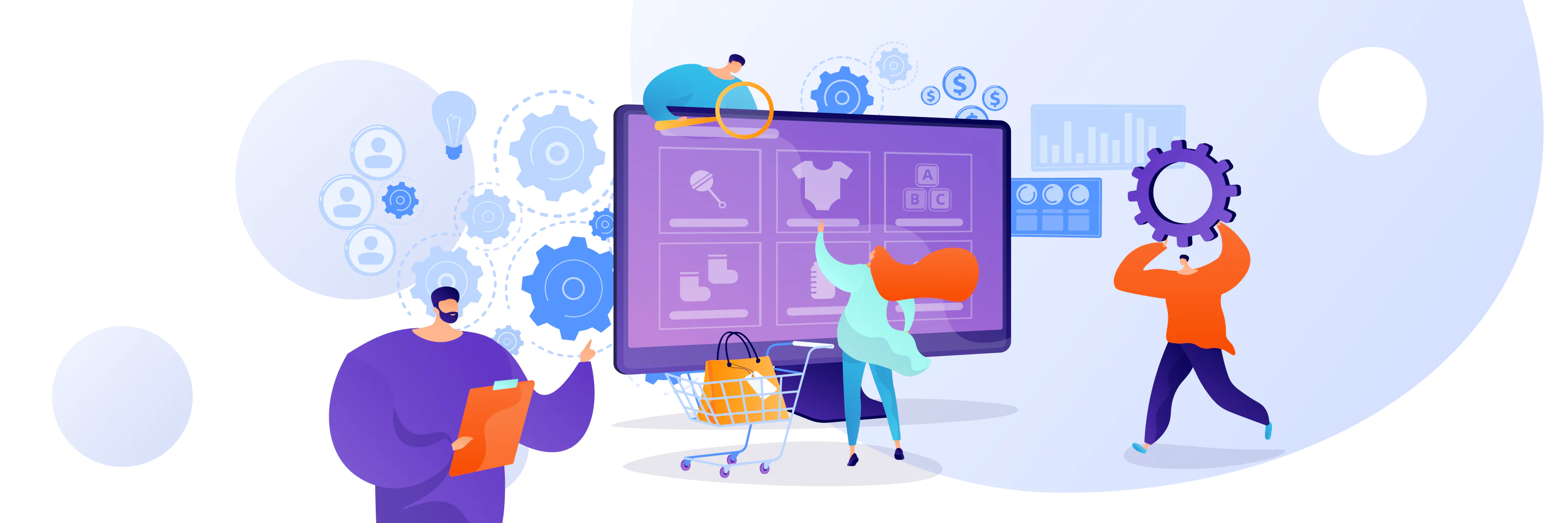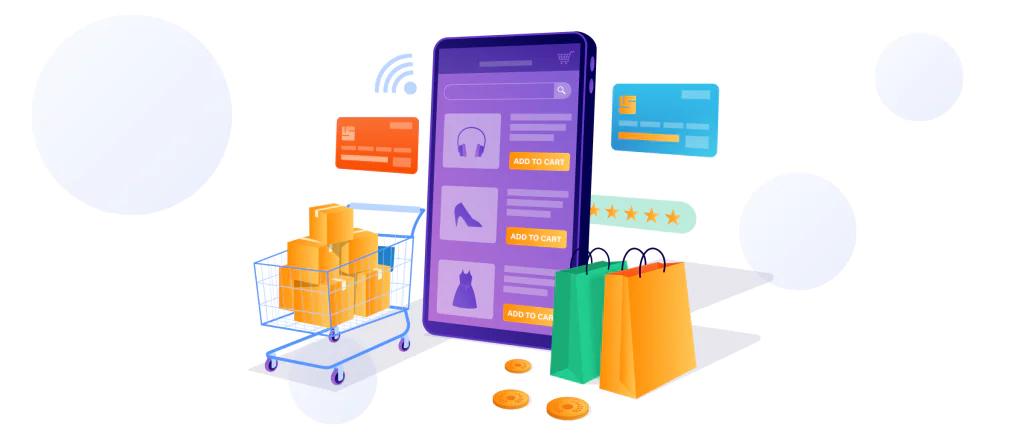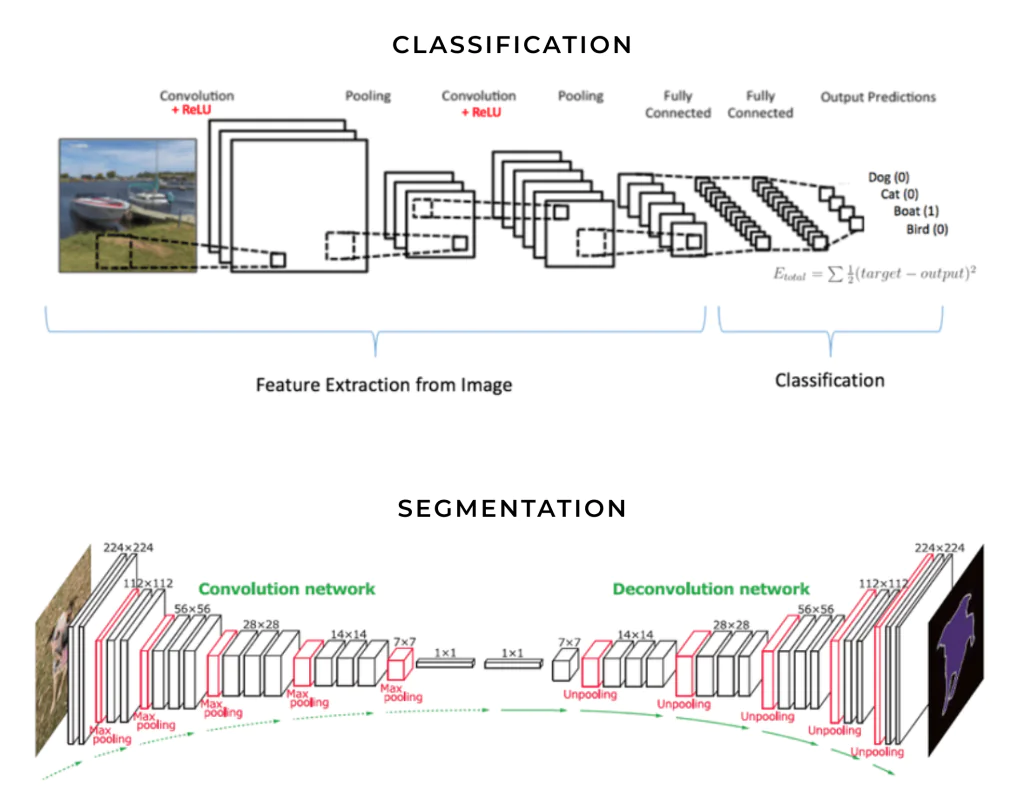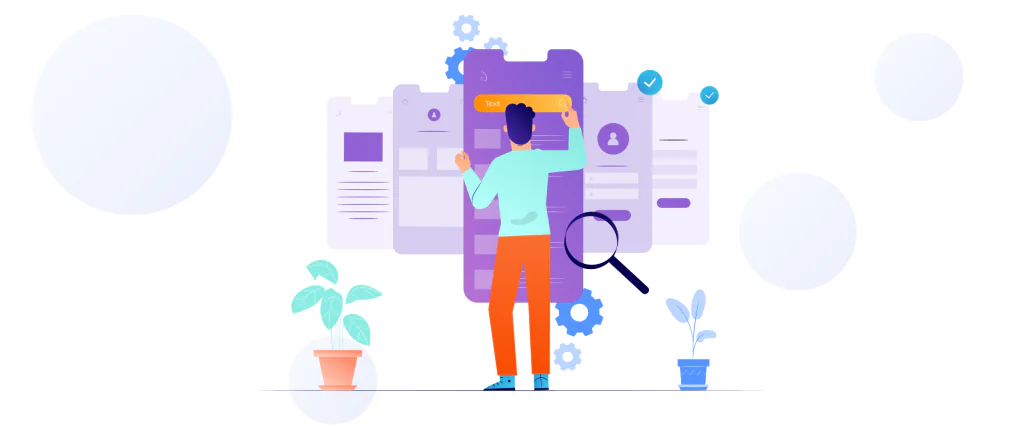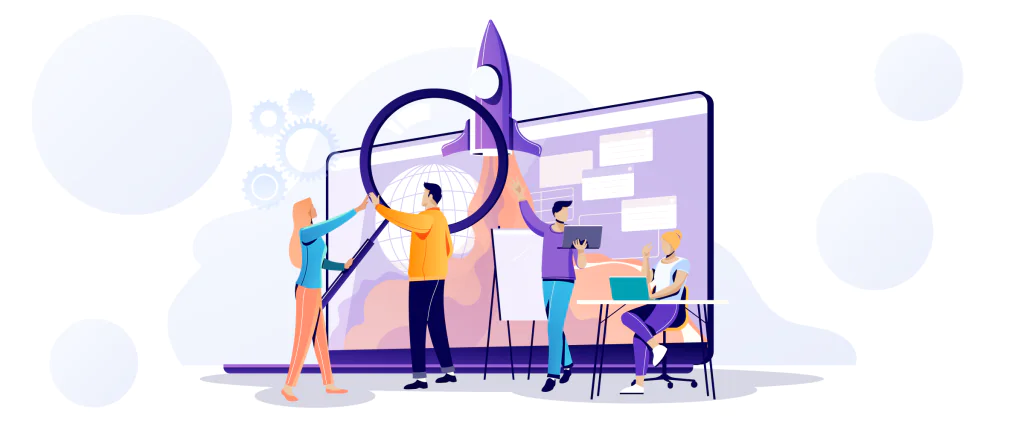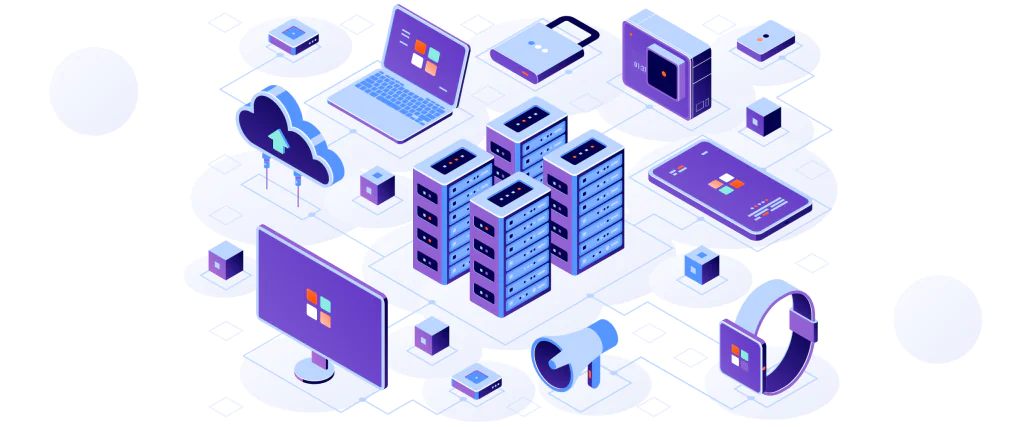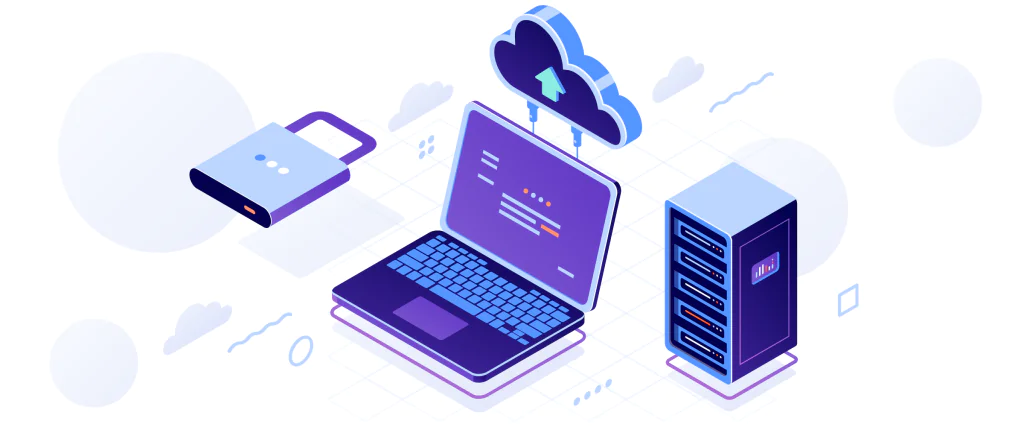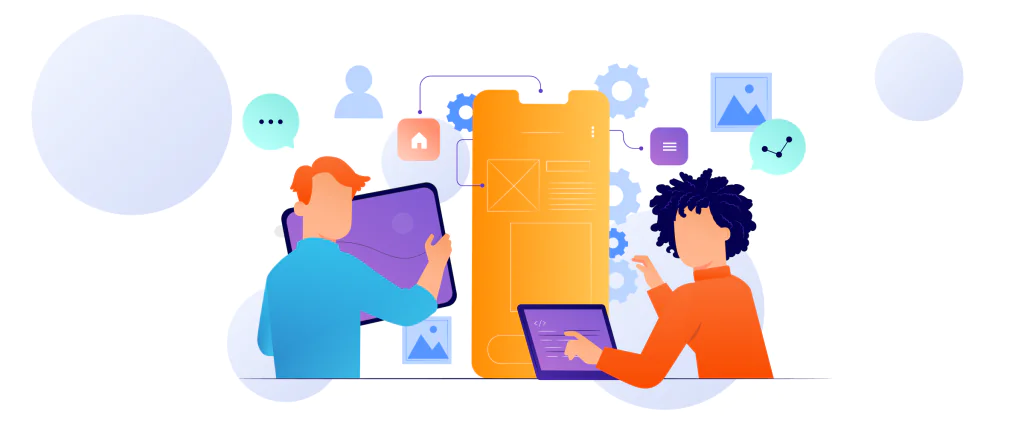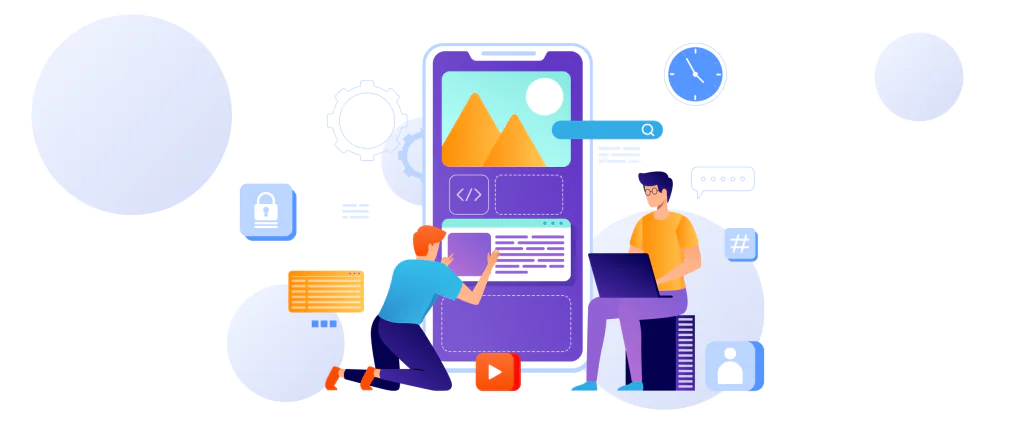You can’t launch a great app without extensive QA software testing. It’s simply impossible because testing is a crucial stage that weeds out the bugs. Of course, nothing is truly perfect in our world. But QA testing is the way to make sure your app comes as close to perfection as possible.
However, before you go looking for the best software testing services company, you need to know what tests you need. There are dozens of options that can work for your project. So keep reading to understand what will be the best choice for you.
Manual Vs. Automated QA Software Testing
First of all, it’s imperative to understand that QA software testing can be automated and manual. Moreover, you must know that you need to use both to achieve the best results. Also, manual testing is much more expensive because it requires highly-qualified professional labor. However, it’s the type that runs a higher risk of errors because of human involvement.
Automated tests are incredibly varied and robust. They can boost the speed and accuracy of testing as well as make it more affordable. However, it’s crucial to know that automated QA solutions are only as good as the test scripts they are based on. If the script can’t account for a complex series of events accurately, the result will be faulty. Therefore, quality is vital when choosing automated QA software testing automation services.
In addition, you need to know that software testing can be functional, which tests the system’s operability, and non-functional. Non-functional QA testing covers all other types of tests. For example, use it to assure the quality of the system’s UI/UX interface, response speed, etc.
QA Software Testing: Types of Tests
Unit Tests
The lowest, simplest, and most easily-automated type of QA software testing is unit tests. These are the tests that analyze individual functions and methods of the classes as well as modules and components. They test the lowest level elements of the software solution.
Integration Tests
Your application isn’t going to be a single element. Therefore, you need to rely on integration testing to assess how all services and modules go together. All integrations within the application must be tested, so this type of service is much more complex and expensive. Moreover, you need to have most of the solution up and running to perform this testing.
Functional Tests
As mentioned above, functional testing assesses the system’s essential functions. Simply put, it determines if the app meets its business goals. Similar to integration testing, functional tests are complex because they must assess multiple components and their relationships. However, note that these tests only assess the system’s output. Therefore, they do not focus on the process itself and might not ascertain where precisely the issue is in the chain that leads to a bad result. Also, unlike integration testing, functional tests don’t check the ability to send a query to the database. Instead, they determine if the database sends the correct answer based on the set product requirements.
End-to-End Tests
End-to-end QA software testing can be rather complex. It’s a type of test that verifies an entire process from end to end. It can be a simple process, like logging in, or something more complicated, like email verification. Depending on the scenario, these tests can be rather hard to automate and maintain in that environment. Therefore, it’s usually best to run them periodically and instead focus on simpler integration unit tests to find weaknesses.
Performance Tests
Performance testing assesses the system under an increased workload. It’s an expensive but necessary test, especially in preparation for an expansion or a “hot” season. For example, eCommerce platforms would want to run a performance test before holiday sales. Note that it’s a non-functional test. So, it can be delayed for a while, depending on your system and objectives.
Acceptance Tests
Acceptance testing is performed when the entire application is up and running. At this time, the test will determine if it meets the business objectives set by the owner. The tester will replicate user behaviors in-app to assess every feature. They can go as far as measuring the entire system’s performance. Acceptance tests can be used to evaluate and approve/reject changes in the existing system.
Smoke Tests
Smoke testing is a quick and straightforward way to ascertain your app’s basic functionality. Your software testing services company is likely to run them right after deployment to see if the application is running as it should. In addition, these tests will help determine which more expensive QA services you will need further.
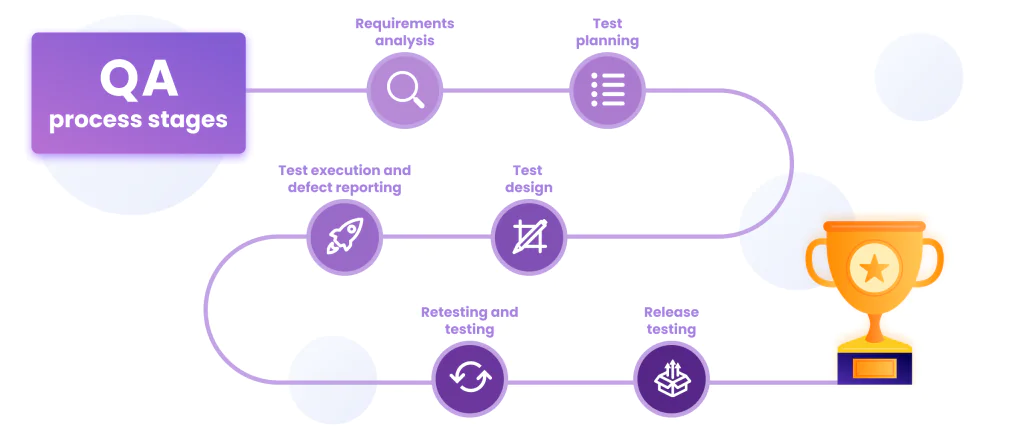
QA Software Testing Methodologies
Waterfall Model
The waterfall model is straightforward. That’s its defining quality because all processes within it move sequentially (logically following each other). Note that a new phase can begin only when the previous one ends in this model. QA software testing in the waterfall model will start at the requirements phase, where all project requirements are outlined. The testing will also follow the development phases.
This QA software testing method is simple to manage. However, there is no way to speed up the process or effectively deal with unplanned events.
Iterative Development
Interestingly, the iterative development methodology is based on the waterfall model. However, unlike the original, the iterative model comprises multiple components. Each of those components is made up of numerous iterations of the waterfall model. So, the testing process can start after every single iteration is complete.
This method allows more flexibility. However, the process might become unduly complicated because testing feedback must be provided and processed at the end of every iteration.
Agile Methodology
The agile software development methodology is prevalent today due to its high efficiency. In this model, the requirements don’t remain constant throughout the development process. Therefore, the agile method can accommodate many factors and even change the project drastically over time. As a result, the development runs in short fast cycles. The model focuses on the communication between developers and customers instead of tools.
QA software testing approach for this development method is also incremental. It means that the project goes through extensive testing after every release. This approach dramatically reduces the number of bugs left at the final release.
On the one hand, the agile method allows minimizing risks and losses. On the other hand, as it relies a lot on constant communication with the customer, the pressure and added time requirements can mess with the development process.
Extreme Programming
Extreme programming is, in fact, a type of agile software development. Development cycles in this model are short, so developers constantly present short batches of code to the customer. Then, once the review passes, they start on the next piece.
In essence, extreme programming is a test-driven development approach. The product is tested multiple times before and after any new feature is added.
This method is excellent for projects where the customer isn’t sure of the final product’s features. But this process can also take a long time due to communication and brainstorming.
Bottom Line: Do You Need to Hire a Software Testing Services Company?
In a word, yes! If you are looking for custom software development services, QA software testing must be a part of the process. A good development company will have its own QA team to ensure that you get the best result within the shortest amount of time.
Contact us if you want to create top-quality software fast!


